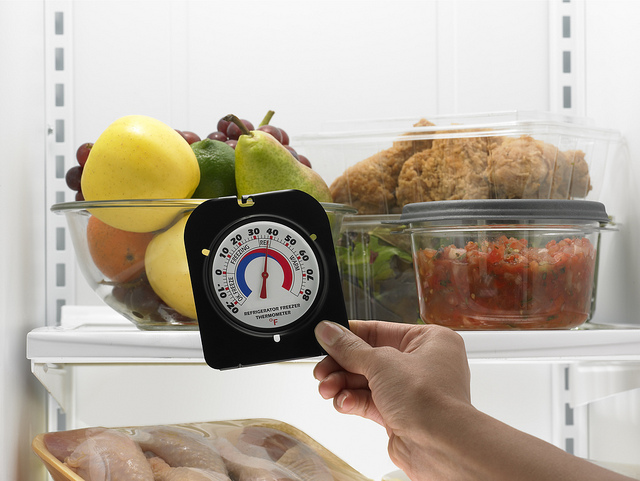Safe Holidays Series: Keeping Foods Fresh
go.ncsu.edu/readext?566378
en Español / em Português
El inglés es el idioma de control de esta página. En la medida en que haya algún conflicto entre la traducción al inglés y la traducción, el inglés prevalece.
Al hacer clic en el enlace de traducción se activa un servicio de traducción gratuito para convertir la página al español. Al igual que con cualquier traducción por Internet, la conversión no es sensible al contexto y puede que no traduzca el texto en su significado original. NC State Extension no garantiza la exactitud del texto traducido. Por favor, tenga en cuenta que algunas aplicaciones y/o servicios pueden no funcionar como se espera cuando se traducen.
Português
Inglês é o idioma de controle desta página. Na medida que haja algum conflito entre o texto original em Inglês e a tradução, o Inglês prevalece.
Ao clicar no link de tradução, um serviço gratuito de tradução será ativado para converter a página para o Português. Como em qualquer tradução pela internet, a conversão não é sensivel ao contexto e pode não ocorrer a tradução para o significado orginal. O serviço de Extensão da Carolina do Norte (NC State Extension) não garante a exatidão do texto traduzido. Por favor, observe que algumas funções ou serviços podem não funcionar como esperado após a tradução.
English
English is the controlling language of this page. To the extent there is any conflict between the English text and the translation, English controls.
Clicking on the translation link activates a free translation service to convert the page to Spanish. As with any Internet translation, the conversion is not context-sensitive and may not translate the text to its original meaning. NC State Extension does not guarantee the accuracy of the translated text. Please note that some applications and/or services may not function as expected when translated.
Collapse ▲With winter months and holidays comes more food and more meals in our refrigerator. In order to make sure your food stays as fresh and free of pathogens that can spread foodborne illness, it’s important to make sure everything is out of the danger zone temperatures (41°F to 140°F) that were previously discussed in an earlier piece in our series. So, it is important to make sure your refrigerator is running optimally, and that you’rechecking on your food for freshness frequently and the space allotted. Below are a few tips to maximize keeping your food fresh during the winter months provided by the Food and Drug Administration and the Academy of Nutrition and Dietetics.

An Appliance Thermometer (Source from the U.S. Department of Agriculture via Flickr)
- Make sure that your refrigerator’s temperature is constantly at 40°F or below. Use an appliance thermometer to help check the temperature of the refrigerator periodically.
- Make sure you’re checking the expiration dates on products. Some foods may have “used by” dates, which is the date before the quality of the food may change and not be as fresh.
- If foods don’t look fresh or have sat in the refrigerator for a long time, don’t be afraid to throw it away. “When in doubt, throw it out!”
- Consume “Ready-to-eat” soon after purchase. Keeping ready-to-eat foods in the fridge for a long period of time has the potential of producing bacteria like Listeria, which can cause foodborne illness.
- Meats should be kept on the lowest shelf in the fridge, to prevent any juices from seeping onto other foods. Make sure raw meats are packaged in plastic bags or wrapped containers.
- Cool foods as quickly as possible after preparation. Do not leave prepared food outside the refrigerator for longer than 2 hours.
- Leftovers, even when still warm, should be stored back in the refrigerator as soon as possible.
- If you have a big dish you are saving as leftovers, condense portions into smaller shallow containers for proper cooling.
- Give your refrigerator enough space for the cool air to circulate around to help keep foods fresh. Don’t overpack the fridge!
For more food safety tips, make sure to check out the NC State Extension Food Safety portal, and as always, have a Happy Holidays!
References
FDA Consumer Updates: “Are You Storing Your Food Safely?”
The Academy of Nutrition and Dietetics – Eatright.org – “Refrigerate – The Basics”




